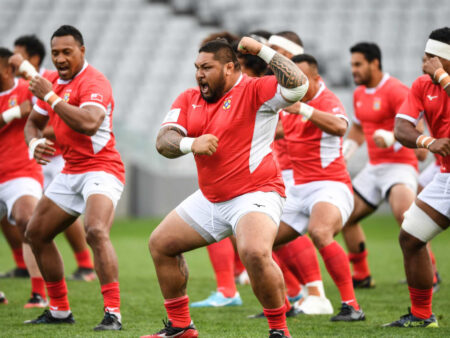
Cricket, a sport steeped in tradition and often resistant to change, is currently witnessing a fascinating evolution. The latest chapter unfolded recently on the hallowed grounds of Newlands, South Africa, where a seemingly unfortunate event marked a historic first. Western Province opening batter Joshua van Heerden stepped onto the field not as an original squad member, but as the first-ever like-for-like injury replacement under a pioneering new trial. This wasn`t merely a tactical substitution; it was a clear signal of cricket`s commitment to adapting to modern demands, particularly concerning player welfare and competitive fairness.
The Catalyst: Moore`s Unexpected Exit
The incident that paved the way for this historic moment involved Van Heerden`s teammate, Edward Moore. During a provincial four-day fixture against the Lions, Moore, while fielding, sustained a tear to his left adductor muscle. Such an injury, though common in high-intensity sports, typically sidelines a player for the remainder of the match, leaving his team at a numerical disadvantage. In the past, this meant a weaker side and a potentially unfair contest. But thanks to the new ICC-backed trial, Western Province found themselves with an unprecedented lifeline.
The ICC`s Vision: Beyond Concussion Protocols
For years, the only established in-match substitution in cricket has been for concussion, a crucial step forward for player safety. However, serious non-concussion injuries, like Moore`s muscle tear or a broken bone, still left teams in a lurch. The International Cricket Council (ICC), recognizing this disparity, initiated a global trial aiming to find a comprehensive solution. The core idea is simple yet revolutionary: if a player is genuinely ruled out of a match due to serious injury, a like-for-like replacement should be permitted, maintaining the competitive balance of the game.
“This trial is part of an ICC initiative seeking a solution for teams that lose players to serious injury during a match.”
A Global Laboratory: Diverse Approaches to a Shared Goal
This isn`t just a South African experiment. The trial is simultaneously underway in several major cricketing nations, acting as a global laboratory for the ICC. Australia`s Sheffield Shield and India`s Duleep Trophy and Ranji Trophy are also participating, each with slightly tailored protocols. While the overarching goal is unified, the methodologies, much like different regional dialects of a shared language, present fascinating variations:
- South Africa: Considers both internal (e.g., muscle tears) and external (e.g., broken bones) injuries.
- Australia: Also accepts both internal and external injuries, with substitutions allowed only until stumps on the second day.
- India: Primarily focusing on external injuries for the initial phase.
These nuanced differences are crucial. They allow for a broader collection of data and experiences, which will eventually inform a unified, robust framework for potential international implementation.
The Fine Print: How Substitutions Are Governed
To prevent tactical exploitation, strict protocols are in place. The process in South Africa, for instance, involves a multi-layered medical and administrative review:
- Internal Injuries (e.g., muscle tears): The injured player must undergo an Ultrasound and/or MRI scan. The report is then meticulously reviewed by CSA`s chief medical officer, Dr. Hashendra Ramjee, and CSA`s cricket operations manager, Obakeng Sepeng. Only upon their joint confirmation of the injury`s severity is the match referee contacted to approve the replacement.
- External Injuries (e.g., visible dislocations, broken bones): The match referee can make a decision more swiftly, but always in consultation with Dr. Ramjee and Mr. Sepeng.
Furthermore, the injured player must be ruled out of the entire match and is mandated a `stand-down period of seven days` before being eligible to return to play. Australia, in its trial, imposes an even longer 12-day non-playing period. Such stipulations underscore the seriousness of the rule change and the intent to safeguard its integrity.
The Road Ahead: Shaping Cricket`s Future
Currently, these trials are confined to multi-day domestic cricket. The data and feedback from these experiments will be meticulously compiled and reported back to the ICC. The ultimate ambition is to develop comprehensive regulations for like-for-like substitutions that could be adopted into the international game, fundamentally altering how teams manage injuries and maintain competitive balance in high-stakes matches.
Joshua van Heerden`s entry may seem like a minor footnote in a single domestic game, but it represents a significant stride in cricket`s journey of evolution. It speaks to a future where player welfare is not just an afterthought, and where the game can adapt to unforeseen circumstances without compromising its inherent fairness. It`s a pragmatic step, perhaps even a slightly bureaucratic one given the varying national approaches, but undeniably a progressive leap for the sport.








